Brewing Basics
Brewing the perfect cup of Joe doesn't take a master's degree but it does take a bit of knowledge and patience. Anyone can put store-bought grounds into a paper filter, pour water into a coffee maker, and press the start button. But, we can do better.
Brewing great coffee only takes a few components:
First, great coffee beans. You can make a cup of Joe with any beans and call it coffee. Technically you would be right. But is it great coffee? No.
Finding the right beans for you takes trial and error. Branch out and try a variety of beans that you are not familiar with. Research how each type of bean performs, what notes each has and, if possible, what brewing method works best for each bean. The options are seemingly endless with the number of suppliers online. An easy way to start is to ask your favorite coffee shop what they use and buy those for yourself.
(I explain some options for buying green (unroasted) beans and roasting them yourself here. It is not as intimidating or difficult as you may think. It's worth a read.)
Next, pure water. Let's face it, coffee is a joyful beverage that is essentially flavored water. If you start with water that comes through rusty pipes and tastes like chlorine, it doesn't matter the quality of beans you use, how experienced you are, or what method you use. Your coffee is destined for failure.
Next, Love. Well, maybe not love, but at least care and respect for the coffee and passion for the resulting cup of liquid happiness.
Finally, pick your favorite brewing technique, experiment with it, and eventually you will master it. A few of the most popular options are below. I encourage you to try several of these methods and see which one results in your favorite flavor, texture, richness, and of course, joy.
- It's important to note the coffee-to-water ratio and the temperature of the water are essential In brewing the perfect cup of coffee. This ratio is typically depicted in weight, not volume. For instance, as a general rule, use a ratio of 17:1, meaning that for every 1 gram of coffee, use 17 grams of water. This gives the best chance for the perfect cup. Since not all of us have a gram scale in our kitchens, you can also use a 4:1 volume ratio by measuring 1 tablespoon of coffee for every 4 ounces of water.
- For most brewing methods, the optimal temperature range is between 195°F and 205°F, which is a little below the boiling point of water. This temperature range works well across all brewing methods.

Brewing Methods (Overview)
There are many ways to prepare coffee across the globe. Here are some of the most popular ways to create your perfect beverage. Try them all and leave your favorite technique in the comments section below!
Drip
Automatic drip coffee makers were made popular in 1972 by "Mr. Coffee." This is what most people think of when they hear "coffee maker," and rightly so. This style of machine has been a staple in houses across the country (and possibly the world) for the preparation and delivery of a morning pick-me-up.
They come in a wide range of sizes, styles, and added features. They work fine and will reliably make a cup of coffee. But, there are a host of other ways to prepare your cup of happiness that we will discuss below.

Pour-over
Pour-over brewing is probably the most simple way to prepare a cup of coffee that offers great taste with less of a "mass-production" feel. While drip brewers make pots of coffee at a time at a predetermined rate at which water is added to the grounds, YOU control the speed of brewing with pour-over brewing.
The required materials are pretty simple:
A filter, A cone-shaped device to hold the filter, A teapot in which you can boil water, and a pot or cup into which you will brew the coffee.
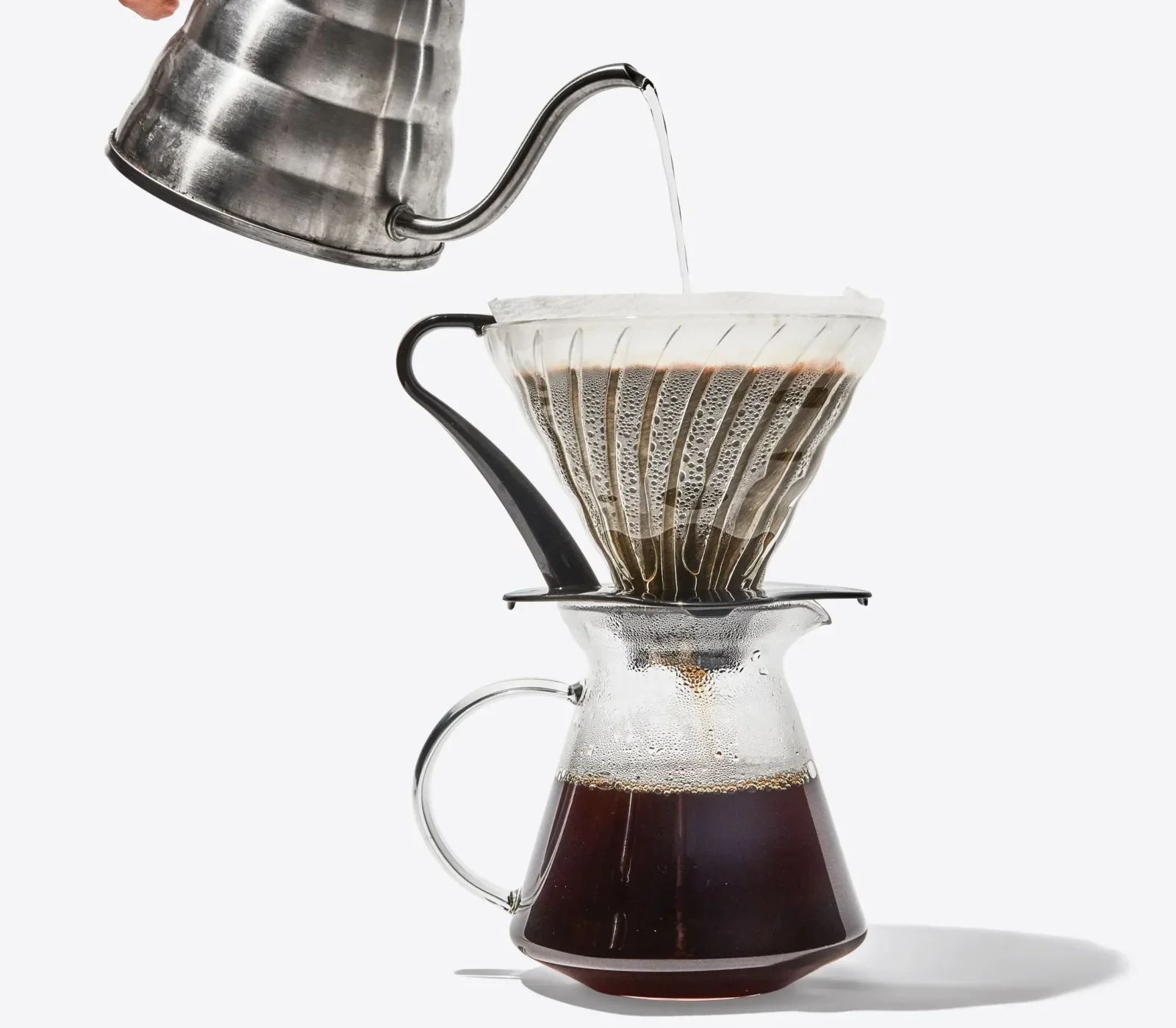
There are a lot of "pour-over brewers" available that come with all or most of these things, or to get started, you can simply buy an inexpensive cone brewer and find the rest of these items around the house.
French Press
Using a French press is one of my favorite ways to brew a cup of coffee. The press is basically a cylinder with a handle in which you combine coffee grounds and hot water, let it steep, and then "press" the filter down leaving your coffee free from grounds and ready to drink.
One benefit of this method is that a press uses a metal mesh filter instead of a paper filter. Paper filters absorb oils from the coffee as well as some of the natural flavor. A press extracts all of the flavors from the grounds, leaving you with a richer cup of coffee.
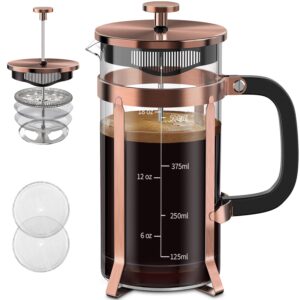
Espresso machine
Espresso is the base of many popular coffee-based drinks and has greatly increased in popularity over the last 20 years in the US.
Espresso machines brew under high pressure, forcing hot water through tightly packed, finely ground espresso coffee. What comes out is a dark brown, slightly thick liquid with a small amount of crema (foam) on top.
Espresso serves as a base for a host of coffee-based drinks such as latte, cappuccino, Americano, macchiato, and more.
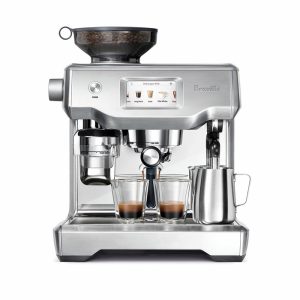
Siphon Brew
You may not be familiar with this brewing method and if you haven't tried it, it's worth finding a coffee shop that will prepare a cup for you. Coffee made with a siphon brewer is full-bodied and rich, especially if you use a metal filter.
A siphon brewer is a little bit like a two-chambered French Press with a flame at the bottom and its own heat source. It has two chambers, an upper and a lower. Siphon brewing uses heat from the bottom to create a vacuum that pulls hot water from the lower to the upper chamber. Once the hot water is in the upper chamber, ground coffee is added and brews using the full immersion method (like a French press).
Once your desired length of brew is complete, you remove heat and the liquid falls back into the lower chamber. The filter in the upper chamber keeps the grounds from entering the coffee.
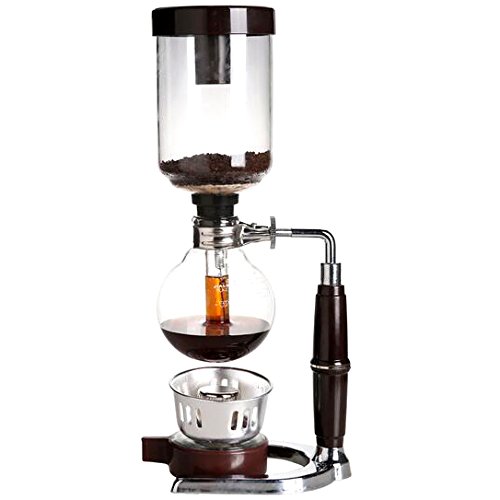
Individual pods
Quick? Yes. Convenient? Yes. Easily accessible? Yes.
Great coffee? Not so much.
Pod brewers force hot water through a "pod" that includes grounds and a filter to produce a cup of coffee very quickly and consistently. The popularity of these brewers has skyrocketed over the years, as it makes brewing quick, easy, and foolproof. You can purchase refillable pods that cut down on the cost of each cup, which makes these brewers even more desirable.
They are great for a quick cup of coffee but the resulting brew lacks some of the richness and body of a cup prepared with other methods that allow time for the grounds to interact with the hot water.
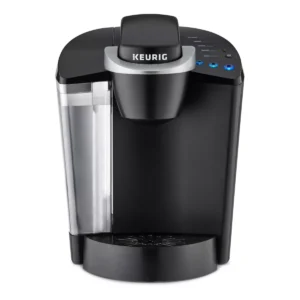
Perculator
Percolated coffee is made by brewing coffee with a stovetop kettle or electric machine called a coffee percolator.
You start the process by placing coffee grounds in a small, perforated filter basket at the top of the pot. You then pour water into the reservoir at the bottom of the pot closest to the heat source. As the water heats up, gravity pulls it through a narrow tube that connects the two chambers—this process is called "perking."
Hot water saturates the grounds and is cycled back into the bottom chamber through perforations in the filter basket. Once the mixture reaches a boiling point, the brewing process ends, and you've got yourself a flavorful cup of brewed coffee.
Percolated coffee tends to make stronger coffee than some coffee drinkers are accustomed to. It can also tend to have a bitter taste when over-extracted. Over-extraction can occur when the percolator continues to boil the percolated coffee. The best way to avoid bitter coffee is by keeping a close eye on the brewing process. When you no longer hear the sputtering sound take the percolator off the heat. The less time percolating, the better.
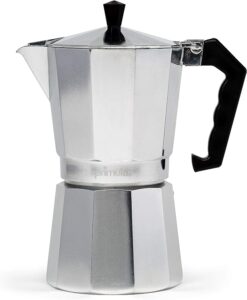
Instant
This one is not even worth the time to write about.
While there are some "upscale" instant coffees on the market, my opinion stands - it's not worth the time.
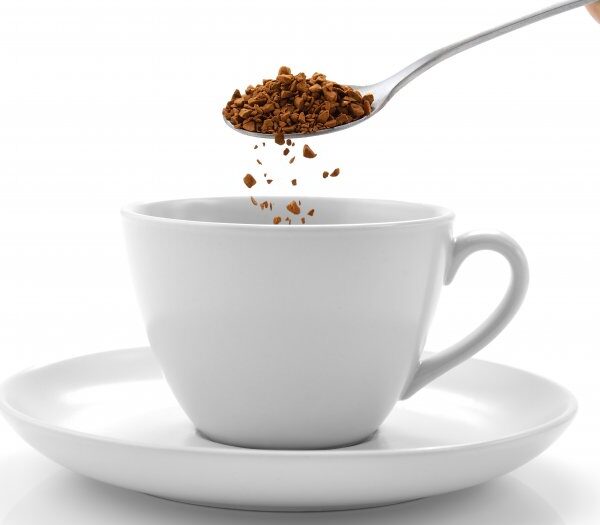

History of Coffee Makers
1865 – The first patent for a coffee percolator was filed by American James Nason. This was later improved to a stovetop percolator by Hanson Goodrich in 1869.
1884 – The espresso machine was invented and patented by Angelo Moriondo. Yes, the espresso machine is over 130 years old! Unfortunately, Moriondo was never able to popularise the machine and it never really took off.
1901 – The espresso machine designs were improved by Milanese mechanic Luigi Bezzera, who patented a number of improvements.
1906 – Bezerra’s patents were bought by Desiderio Pavoni who founded the world-famous La Pavoni brand and started producing espresso machines commercially, debuting at the 1906 Milan Fair.
1908 – The first coffee maker using blotting paper-based filters was invented by German entrepreneur Melitta Bentz, due to the tendency for percolators to over-brew the coffee, making the drink bitter.
1927 – The first series of large-scale WMF coffee machines were manufactured in what was then a subsidiary company in the German town of Goppingen.
1929 –The French press was invented by Milanese designer Attilio Calimani.
1933 – The moka pot is first patented by Alfonso Bialetti, named after Mocha, a city in Yemen. To this day this type of coffee maker remains popular for home use all over Europe and South America.
1954 – The first electric drip coffee maker called the Wigomat was invented in Germany by Gottlob Widmann.
1961 – The first pump-driven espresso machine was released by Faema, which used a motor-driven pump instead of physical force to produce the pressure for the espresso. This design became the standard for specialist coffee production all over the world.
1972 – The electric drip coffee maker was popularised across America by the brand Mr. Coffee, replacing the percolator as the most popular brewing method both for home and commercial use in the US.
Timeline courtesy of blog.wmf-coffeemachines.uk.com